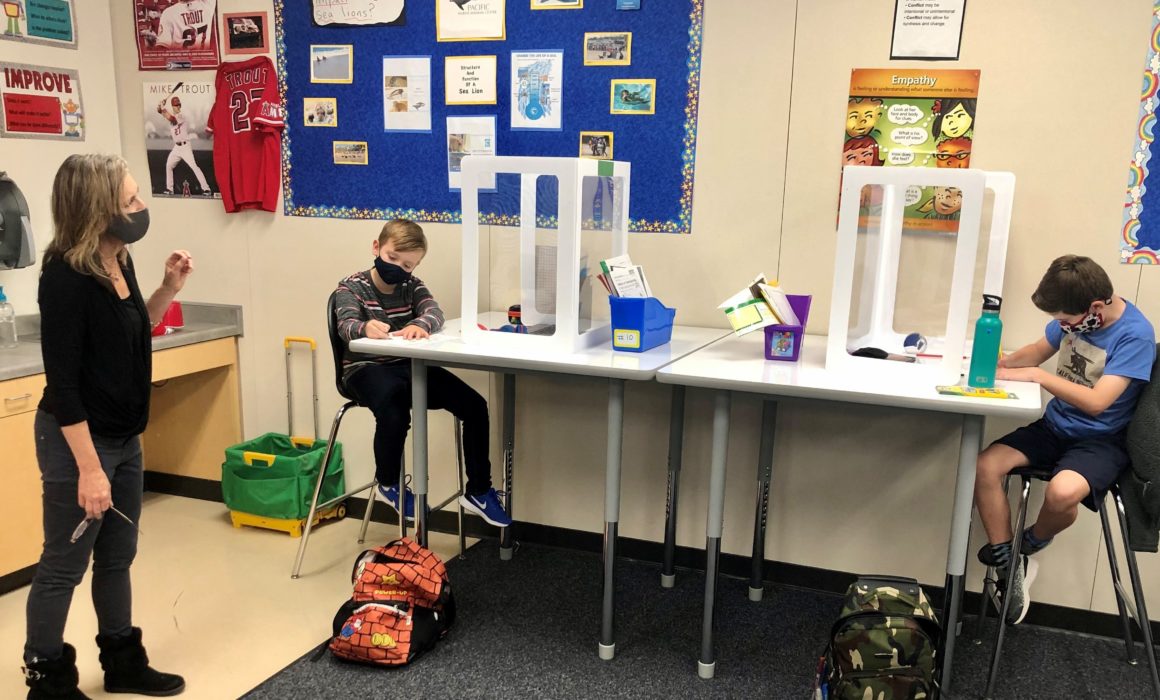
California schools closed in March 2020 due to COVID-19, but some were granted waivers in the fall and reopened (over the objections of CTA, which believes schools should not be reopened until it is completely safe to do so). For educators who returned to the classroom as the pandemic raged on, it was like being in a science fiction movie with masks, gloves, sanitizer, plastic partitions and fear.
Some educators taught students sitting in front of them as well as students online at the same time, in what has been called “concurrent” or “simultaneous” instruction. There was no guidebook for how to teach in a pandemic or offer simultaneous instruction. But CTA members figured it out as they went along, many with little training. Some were provided with ample hand sanitizer, plastic partitions and air purifiers; others purchased their own.
Following are reflections of teachers who returned to in-person teaching during COVID-19 before vaccines became available.
We have to rethink it all
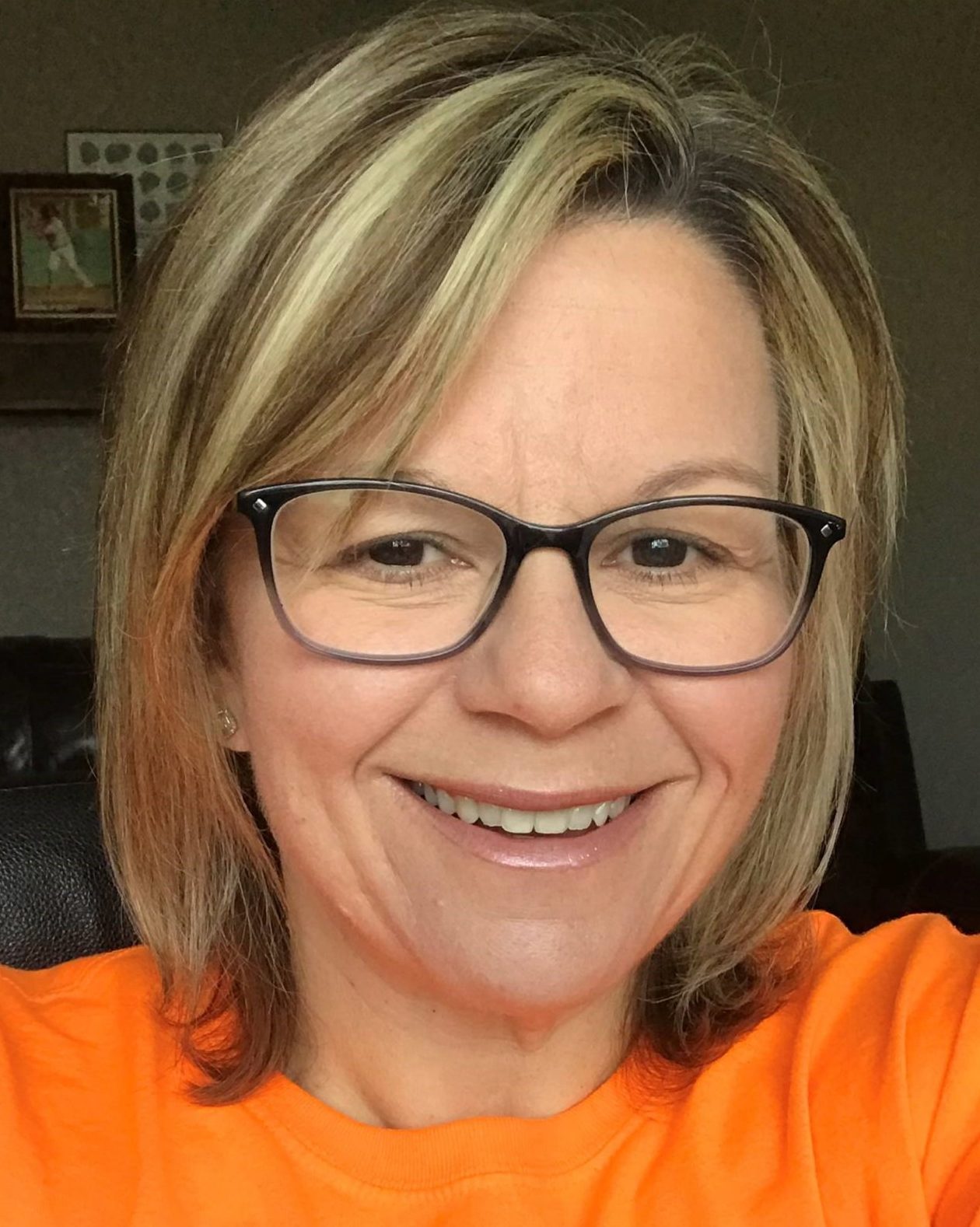
Jennifer Adolfson
Jennifer Adolfson, Manteca Educators Association, an eighth grade math, English and social studies teacher, instructs students online and in person simultaneously at Sequoia Elementary School. Students alternate between attending shortened days of in-school classes and online learning, to allow for social distancing.
“Things I thought would work didn’t. So I keep trying different things.”
We have a log to keep track of who’s in the bathroom, to prevent crowds. Students bring their own water bottles, and we have refilling stations instead of water fountains. Students don’t eat lunch; they finish at 1 p.m. and go home, so masks stay on. It’s very different, and I’m always waiting for the other shoe to drop.
I was happy to come back. I missed my students. But it’s stressful when I get phone calls saying a student is being pulled from class to quarantine because someone in their family has COVID. Students and their families have been heavily impacted.
I feel pretty safe. It’s like going to the store with my mask on. We check students’ temperatures when they arrive. We sanitize. But sometimes I worry.
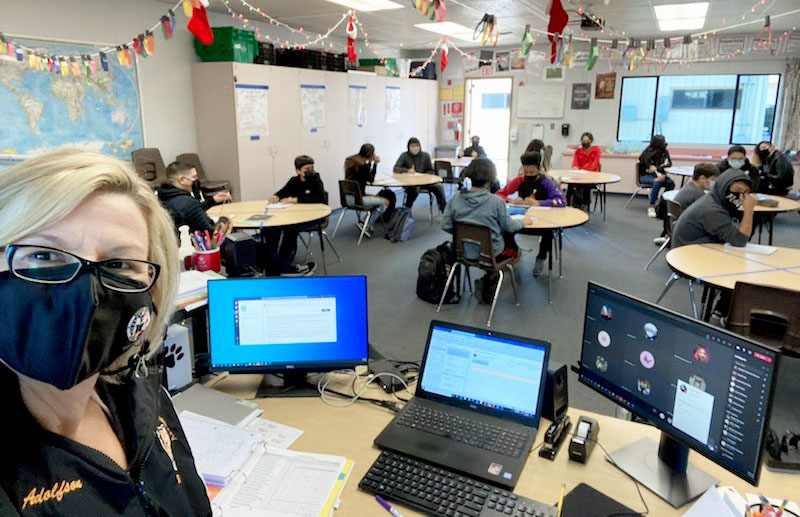
Jennifer Adolfson, left, handles simultaneous instruction with students both in person and online.
I thought a “whole class” approach might work, but instead it felt like I was teaching two separate classes. I had to make a shift. Now my online students have direct instruction on Microsoft Teams with students in class, then I release them for independent work and focus on students in front of me. My job is to follow up on independent work so that when students show up, their work at home is meaningful.
It’s hard to wrap my brain around teaching in person and online at the same time. Things I thought would work didn’t. So I keep trying different things. These days, teachers have to rethink it all.
It pushed me to learn new ways of doing things

Michael Lee
Michael Lee, Saddleback Valley Educators Association, a science teacher at El Toro High School in Lake Forest, teaches students online and in person simultaneously. Students alternate between Zoom days and in-person learning days, which keeps in-person classes smaller for social distancing.
“It has increased my workload tremendously. People on the outside don’t understand how much work it is.”
It’s a challenge to maintain student engagement in a normal class setting. But when you have two sets of students — one sitting in the classroom and another on Zoom at the same time — it’s harder. There’s a lot of back and forth with both groups checking for understanding. You have to see who is raising their hands to ask questions in two locations. Rather than focusing on what you are going to teach, it’s mostly how.
I convert all my documents into digital format so I can screen-share with students on Zoom and allow them to see what’s on the whiteboard in class. I consider myself tech-savvy, and it’s still challenging. Sometimes I discover I’m not sharing the same thing with in-person and online students and double back.
When you are doing distance learning only, you can do breakout rooms and group activities. But when you are also teaching a live class, it’s not possible, so student collaboration is harder.
It has increased my workload tremendously. I work nights and weekends. People on the outside don’t understand how much work it is.
This has pushed us into learning new ways of doing things. In a way, we are all first-year teachers again.
The hardest time of my career
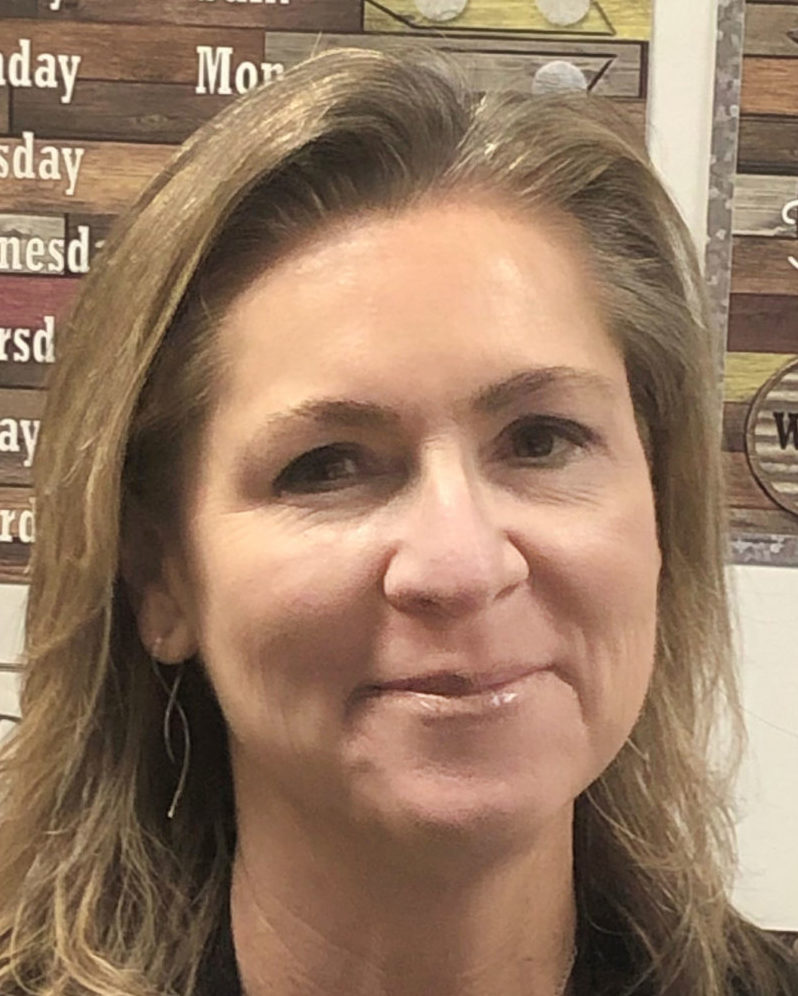
Kathy Adair
Kathy Adair, Saddleback Valley Educators Association, teaches fourth grade at Trabuco Mesa Elementary School in Rancho Santa Margarita. In her class, “hybrid” instruction means teaching two in-person sessions daily, morning and afternoon. When students are not physically in the classroom, they work at home on asynchronous online lessons that she created. This allows for smaller classes and social distancing, without Adair having to teach in-person and online students simultaneously.
“I am happy being back with my students, but I don’t let myself get too comfortable.”
Before students returned, our school created a welcome video so they would feel confident and unafraid. It showed how to wear a mask, where to wash their hands, and why there are plastic shields at their desks.
I wanted to celebrate the students coming back to school. I had a “welcome back” bag at each desk filled with goodies. I am happy being back with my students, but I don’t let myself get too comfortable. Safety is always on my mind.
The kids were happy to come back. They don’t care about masks. They don’t mind sitting apart from each other. They are so resilient. They are doing better with hybrid learning than distance learning only because they are more engaged in the lesson. The best part for me is having a smaller class with only 17 students.
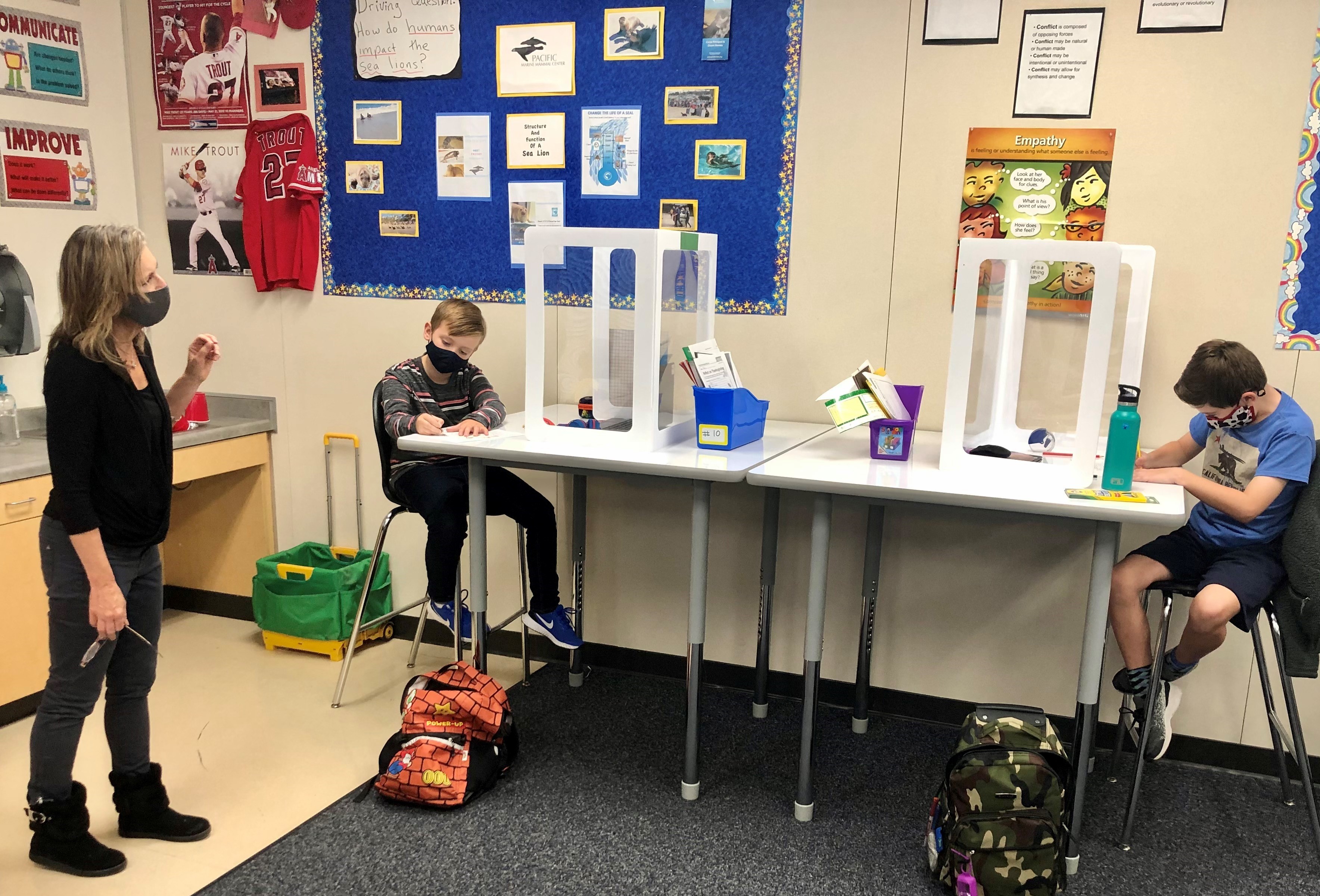
Kathy Adair with students.
Hybrid instruction is time-consuming. I teach two sets of students in person per day, but I differentiate. I prepare the morning group to do the asynchronous lesson in the afternoon based on their morning lesson. I prepare my afternoon group to do the next day’s lesson that they will begin asynchronously by themselves the next morning. It took me a long time to figure out how to do this.
I’m preparing parent conferences on Zoom, and trying to meet students’ social and emotional needs with weekly check-ins. After weeks, I’m finally getting into a rhythm. It’s the hardest thing I have done in my 30-year career.
Like spinning plates in the air
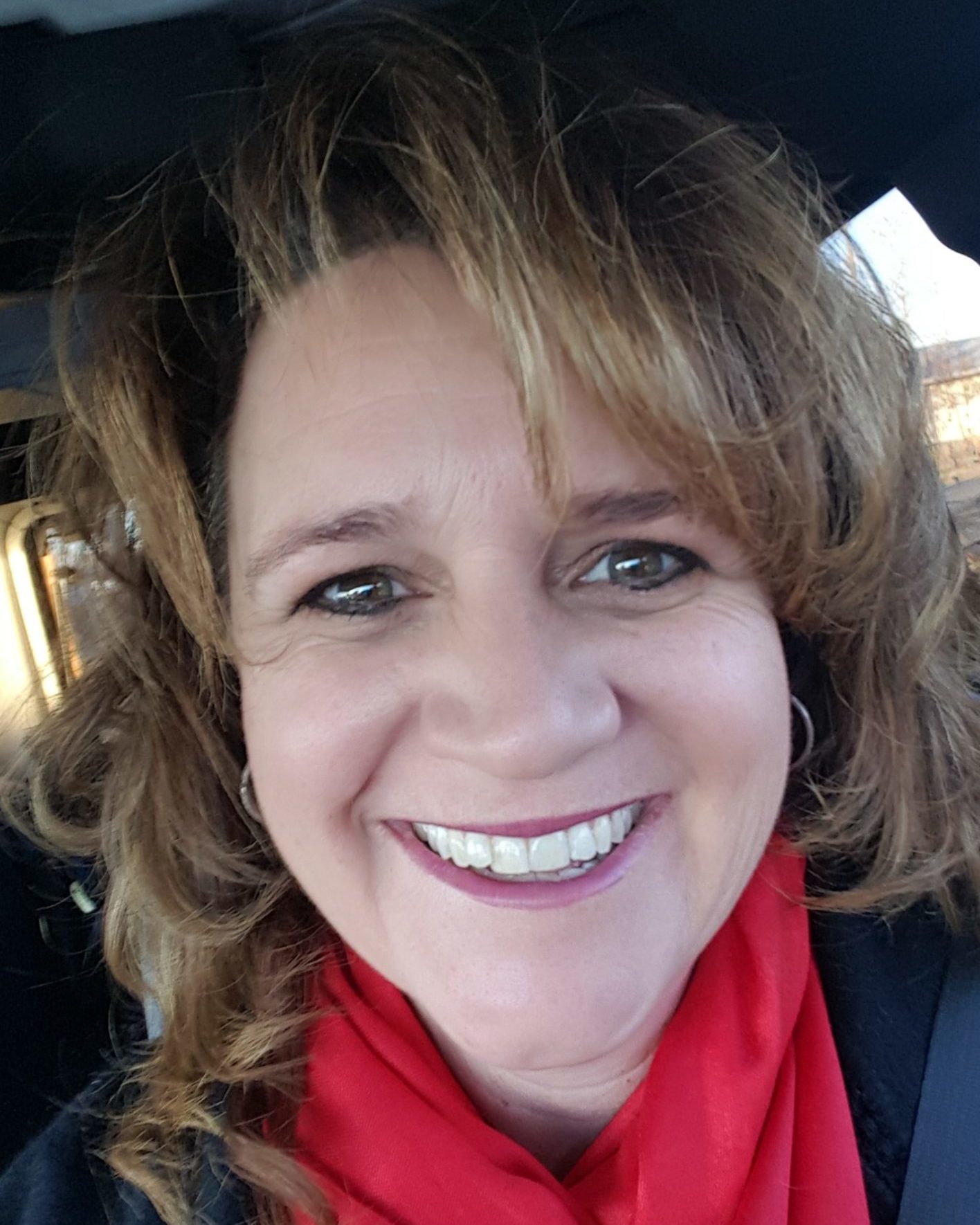
Denise McLean
Denise McLean, Enterprise Elementary Teachers Association, a math teacher at Parsons Junior High in Redding, teaches students in person and online concurrently. She may have two to five students in quarantine on any given day. Student cohorts attend classes and lunch together.
“My teaching has gotten better because I have been learning more about technology.”
I feel like I’m spinning plates in the air! And I am constantly adding more plates and trying to keep them from dropping. It’s a juggling act.
I have two computers running. I teach off one of them, and it connects to the smart board for the kids in class. My other computer is so I can monitor the kids who are online, and they can see my face (as a thumbnail) as well as the presentation on the smart board projected by the other computer.
I make videos on Screencastify, which students can see at home. My kids with IEPs watch them over and over. I have found that it really helps for students to watch videos.
Kids in class jump on their computers and do Google Meets to visit online at lunchtime, and I mute myself when they are visiting classmates, including those at home. It’s a way for them to socialize.
The pandemic has changed my teaching completely. And even though I’ve never worked harder, there are parts of this new style of teaching I am not willing to give up when things get back to normal. My teaching has gotten better because I have been learning more about technology.
My biggest concern is keeping their attention. But I’m making it work, and so are my students. Amazingly, we are only two weeks behind where we were last year. I’m so proud of them.
Special education has different challenges
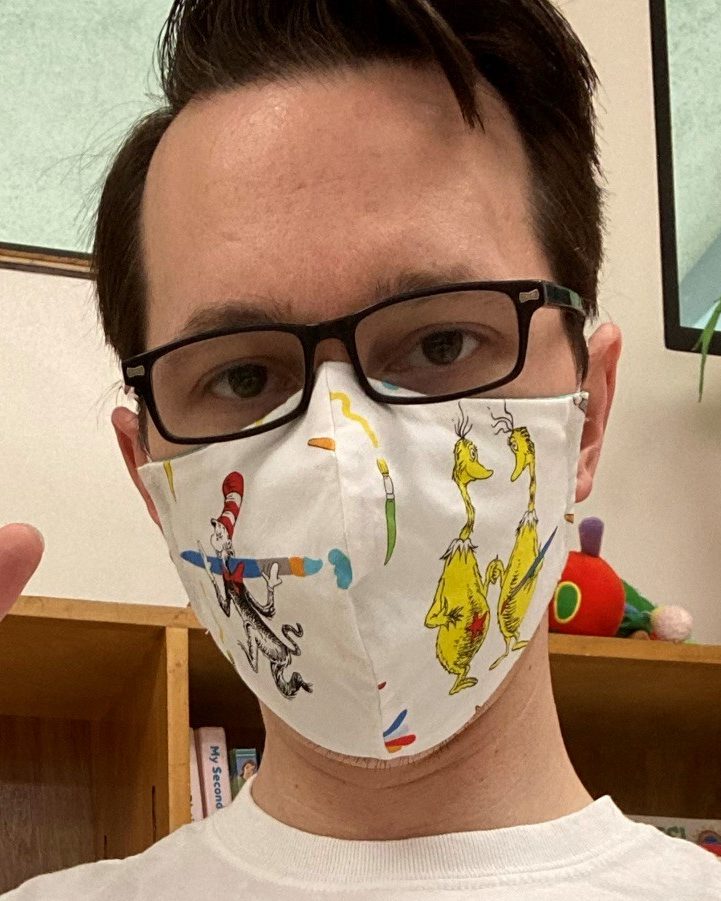
Steven Severance
Steven Severance, Garden Grove Education Association, teaches kindergartners and first graders with moderate to severe disabilities at Thomas Paine Elementary School. Half his class, about 10 students, attend in person. He live-streams simultaneously to instruct the rest of his students, whose parents opted for online learning.
“I’m happy to see students, but my concerns about cleanliness and social distancing in a special ed environment have been confirmed.”
Special education has different challenges than other classrooms. It’s impossible for staff to keep 6 feet away because many students require assistance to do any major task. We have issues of bodily fluids and also aggression with kicking, scratching and biting that put other students at risk during normal times, but especially during COVID. Masks are a challenge for students with sensory concerns.
We have plastic partitions at desks. I had to tape them down because on day one they went flying off the desks. We are sanitizing and taking temperatures, and so far, there have been no outbreaks.
Teaching simultaneously to students in class and at home is challenging. Those at school have “transitions” that take a long time, like bathroom breaks and recess, and kids at home are staring at the screen waiting for us to come back. I reposition the camera whenever I go to the whiteboard so students at home can see me. I make slides that can be viewed at home and in the classroom.
I was opposed to going back for health and safety concerns. Now I feel conflicted because students have more positive educational outcomes when they are here — and I am happy to see them. But my concerns about cleanliness and social distancing in a special education environment have been confirmed. Precautions that work on paper may not always happen in the classroom.
I feel like an octopus
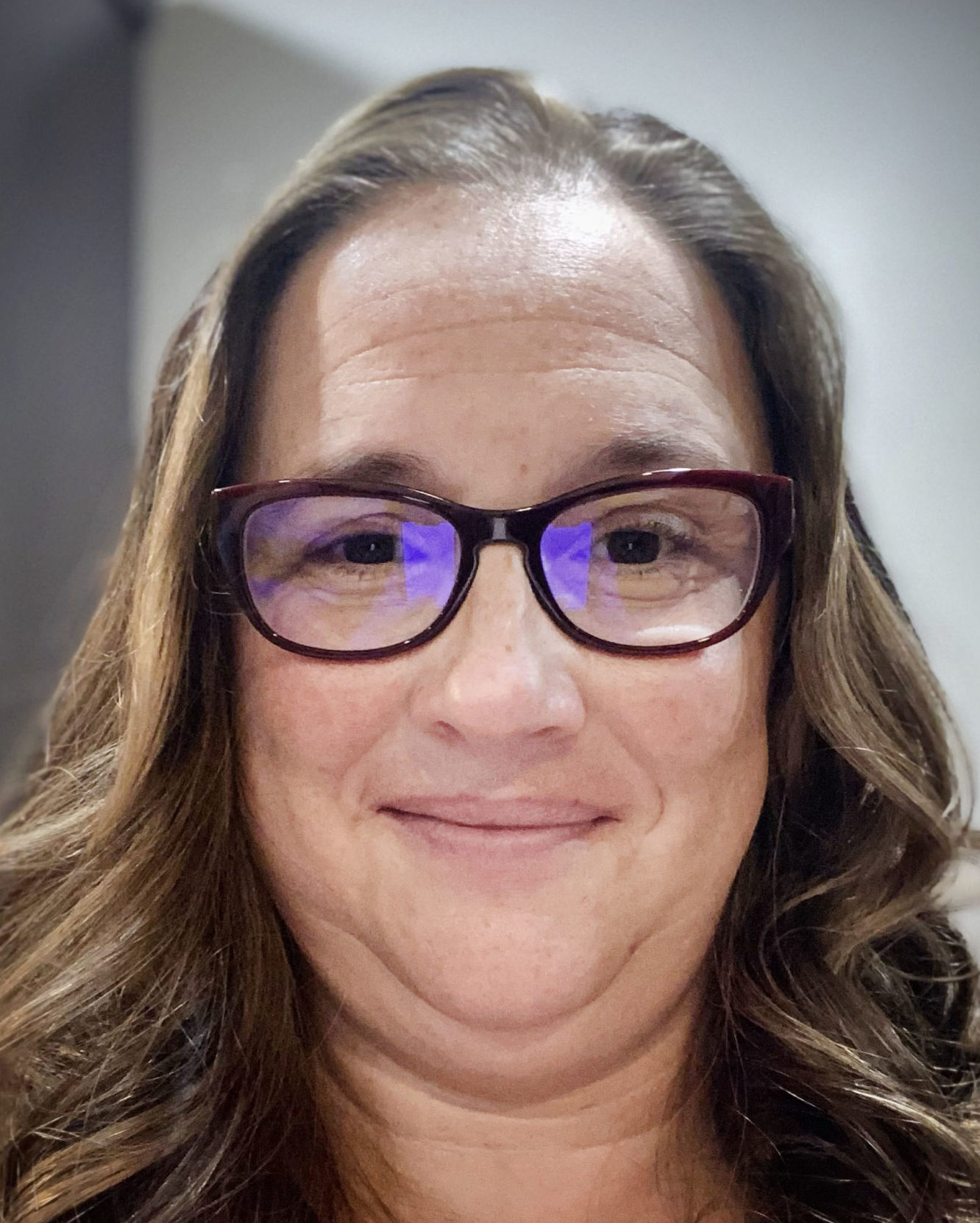
Corey Morton
Corey Morton, Napa Valley Educators Association, is a fifth grade teacher at Willow Elementary School. She teaches in person and virtually at the same time. Students attend in person on alternating days to allow for fewer students in class and social distancing.
“We are building relationships in this crazy environment and focusing on what we can do instead of what we can’t.”
I have a document camera that projects onto the Promethean board, and I “carry” my virtual kids around the room with me on an iPad so they can see on Zoom what the in-person students are seeing. I have a plastic partition I also carry when I need to get close to students to help them. I feel like an octopus.
When my school closed, I was concerned about health issues and also the loss of learning from students not being in the classroom. It was hard teaching them at home while competing with television, computer games and extra tabs open on their computers. Because of this, I was happy to come back.
There are two fifth grade teachers at our school, and we decided to split the work. I teach math, and she teaches language arts. Instead of each of us having 32 kids, we have 64 and are responsible for all the kids. When she is teaching English concurrently to live and online students in morning and afternoon student cohorts, I’m monitoring the virtual kids she is instructing and making sure they pay attention. I am also monitoring a separate group of children that log in for extra support. When it’s my turn, she does the same for me.
I would call it a well-run three-ring circus. We made it work because we agreed to work together.
We take time to connect with students on an emotional level through community circle time, and we invite everyone to log in during lunch to hang out together. We are building relationships in this crazy environment and focusing on what we can do instead of what we can’t.
This is not a “wash year”

Krystal Montalvo
Krystal Montalvo is an English teacher at Spring Valley High School and a member of the Grossmont Education Association, which negotiated a reopening that has flexible block scheduling. She teaches students in person and online simultaneously and has up to four students physically in the classroom at one time.
“My students deserve a quality education, even during a pandemic.”
I purchased plastic dividers for students, and I purchased one for myself that goes around my desk. I’m 6 feet away from students, and students are 6 feet away from each other. We are color-coded with dots on chairs so that all the students in Period 2 sit on the same pink dots and all the students in Period 4 sit on the same orange dots each time, and so on.
Some were excited to come back; others came back grudgingly and weren’t ready to do school because it had been so long. We spent a lot of time building relationships.
I share my computer screen with my Zoom students so they can see what I’m teaching. They can see each other, but they can’t see students who are in the actual classroom. They see me as a little square talking to them.
I let students know I’m on their side, and that I understand that it’s difficult and challenging and a mess, but that I want them all to do high-quality work and think about what they are going to accomplish, so everything they are going through will be worth it. It makes me uncomfortable when I hear others saying 2020 is a “wash year.” It’s not a wash year to me because my students deserve a quality education, even during a pandemic.
Surviving Simultaneous Instruction
Tips from the educators in our story:
- Make safety your first priority.
- Don’t be too hard on yourself.
- Consider students’ social-emotional needs.
- Accept that things will take longer and it’s OK to let some things go.
- Make videos of yourself teaching so students can watch them repeatedly.
- Focus more on topics that are not going to be covered at the next grade level, and less on those that are.
- Be prepared to switch tactics if necessary.
- Make slides that can be viewed by both groups of students.
- Reach out to other teachers for support or to collaborate.
- Set boundaries regarding how much you work and your accessibility to students and parents.
New Guide for Educators
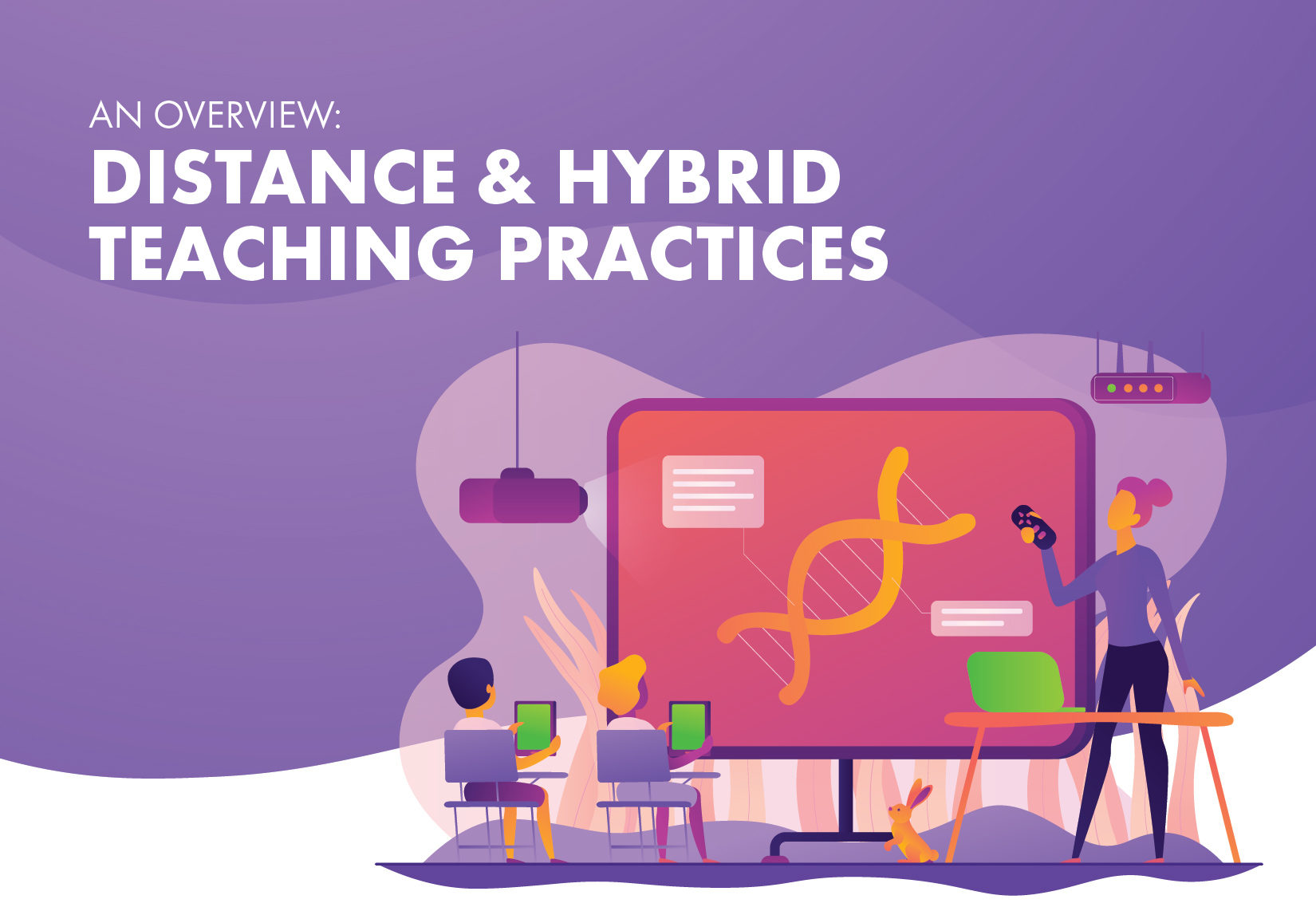
CTA’s Instruction and Professional Development Department (IPD) has created a new distance/hybrid learning guide, “An Overview: Distance and Hybrid Teaching Practices.” In addition to a practical, classroom-level review of distance and hybrid instructional practices for all educators, the guide contains suggestions for chapter leaders to consider when discussing hybrid schedules with schools and districts — core principles for balanced, pedagogically sound and physically safe hybrid schedules that meet all state requirements, plus sample hybrid schedules for grades TK-12.
The guide and many other useful distance and hybrid teaching resources are available for download on the updated and improved CTA IPD website at cta.org/ipd.